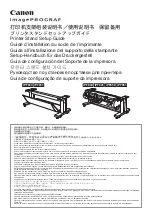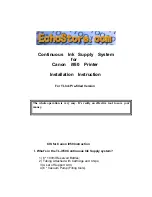
Technical Manual
Airbridge BTS3612A CDMA Base Station
System Principle
Chapter 3 Radio Frequency Subsystem
3-3
The BTRM also receives the management and configuration information from the
BCKM, and reports the status and alarms of itself to the BCKM.
3.2.2 Structure and Principle
The BTRM consists of BTS Intermediate Frequency Module (BIFM) and BTS Radio
up-down Converter Module (BRCM). Its structure is shown in Figure 3-2.
FIR
&
DAGC
DAC
Dem
u
ltiplex
e
r/
m
u
lt
ip
le
x
e
r
ADC
Power
CPU
Clock
Op
ti
c
a
l in
te
rfac
e
Down
converter
ADC
Filter
BHPA
Local oscillator
BRCM
RLDU
BIFM
RLDU
BRDM
+24V
Main receiver
Diversity receiver
Transmitter
BHPA
PSU
Filter
Filter
Down
converter
Up
converter
FIR
&
DAGC
Figure 3-2
Structure of BTRM
I. BIFM
The BIFM consists of up-converter, down-converter, multiplexer/demultiplexer, optical
interface, clock, CPU, and power supply sub-unit. It is in charge of the conversion
between the analog intermediate frequency signal and the digital baseband signal, and
the control of the BTRM. The functions of each sub-unit are as below:
z
Up-converter
The up-converter accomplishes the wave filtering, digital up-conversion and
digital-analog conversion of the signals in the transmit path.
On receiving the baseband I/Q signals that have been de-multiplexed, the up-converter
performs digital up-conversion after baseband filtering. Then the digital intermediate
frequency signals are converted into analog intermediate frequency signals after
digital-analog conversion and wave filtering. At last, the analog intermediate frequency
signals are sent to the transmitter in BRCM via radio frequency (RF) interface.
z
Down-converter
The down-converter accomplishes the analog-digital conversion, digital
down-conversion and baseband filtering of the signals in the receive path.
















































